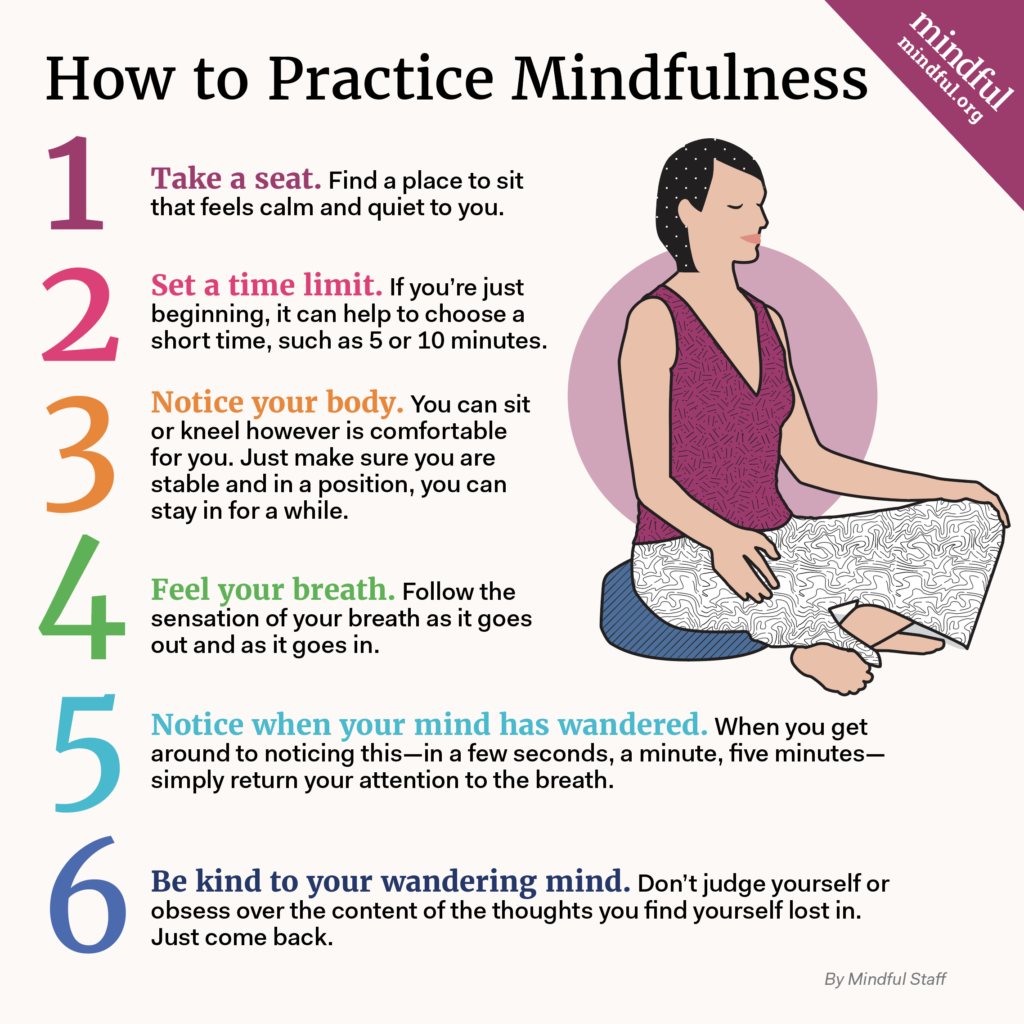An important note: None of the information below is a substitute for information and guidance from your own doctor, therapist, or specialist. Everyone is different, and while mindfulness can be helpful for a number of reasons, it will not have the same impact for everyone.
I first learned about mindfulness and how it works back in 2011. At the time, I was in treatment for an eating disorder. No, I’m not ashamed of it; talking about what I’ve gone through has been hugely therapeutic for me. Anyway, mindfulness was presented to me as a practice which could be beneficial in rediscovering my relationship with food.
Now that we are dealing with a global pandemic, I believe mindfulness has plenty of new applications; and it can help just about anyone. So I thought it might be helpful to pass on what I’ve learned in the hopes that someone else can be comforted too.
What is Mindfulness?
It is a habit, one that can be cultivated into daily use. It’s a fancy word for awareness and staying present. Feeling the ground beneath our feet and the wind beneath our hair, and recognizing where we are and what we are doing. In eating disorder recovery, I was slowing down during meals; smelling and taking small bites of various foods to reacquaint myself with it before proceeding with the full serving (or not!)
The research shows that when mindfulness becomes a regular part of your life, your brain can literally reshape itself.
The Benefits of Mindfulness (according to Harvard Health)
Improved Wellbeing – better engagement in activities, better processing of tough situations, and less preoccupation with the things we cannot control.
Improved Physical Health – reduction of stress and chronic pain, better sleep and better food digestion.
Improved Mental Health – improvements with anxiety, depression, OCD, and other mental health challenges
How to Create a Mindfulness Practice
The first thing to do when creating a mindfulness practice is to let go of expectations. This is not a performance. You are not being judged or graded. There is no “success” or “failure” here. That may be a difficult hurdle for some people to cross. Next, you can follow this primer from mindful.org:

Try to do this once a day. It should take about 10 minutes, max. Don’t overdo it. Once that habit is formed, try practicing mindfulness at the dinner table. During yoga. Out in the backyard. While walking the dogs. I promise that just the attempt will benefit you in one way or another!
And if you do start up a mindfulness practice and have fun with it, let me know!


















